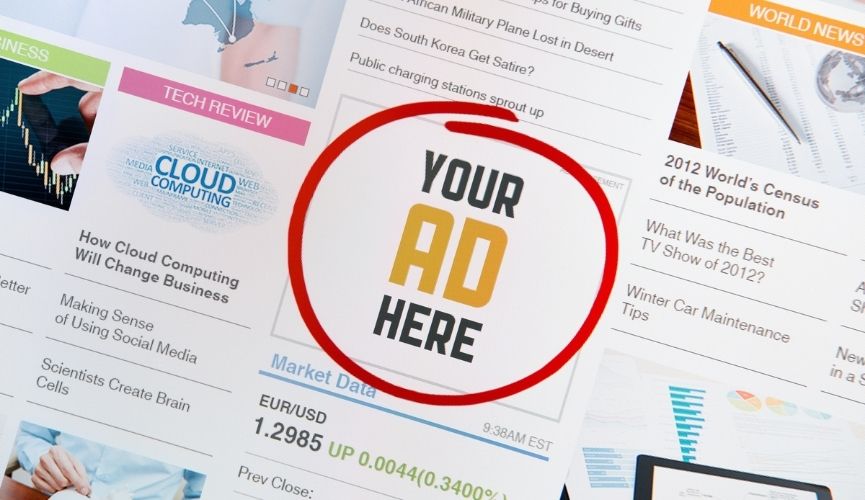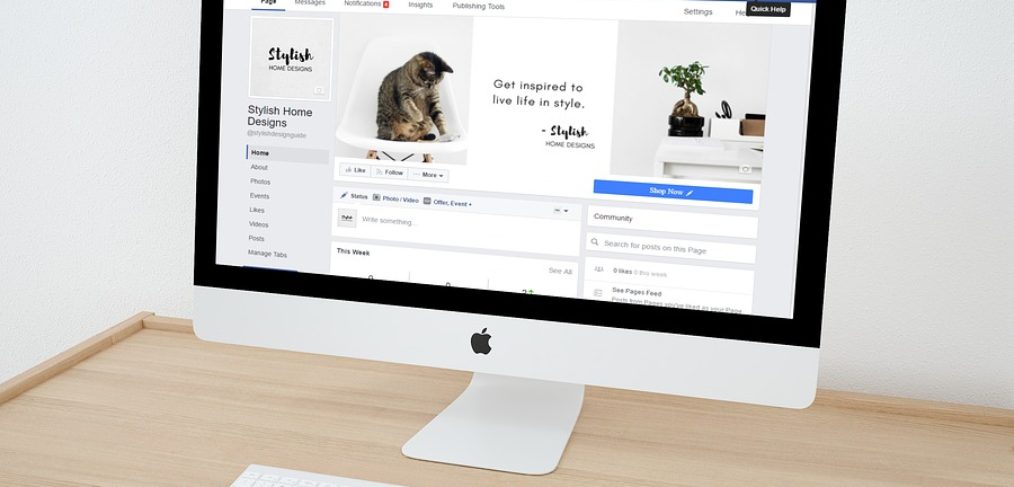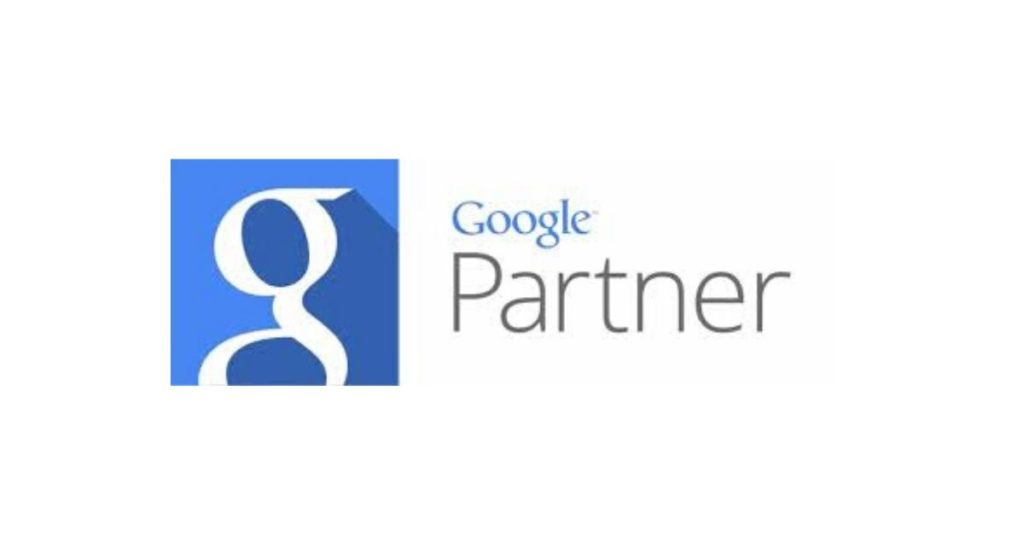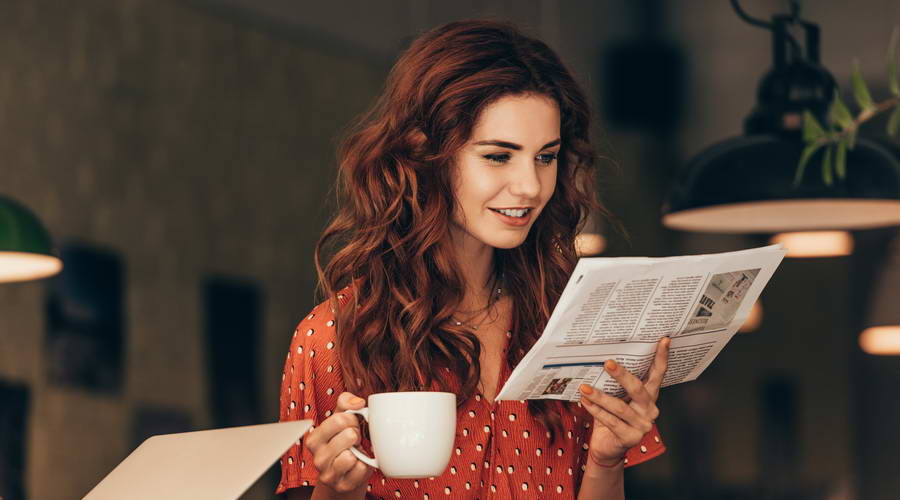An Insider’s Guide to Social Ads and Display Ads
A great thing about advertising on Facebook, Instagram, Linkedin or the Google Display Network is that the interfaces are quite straightforward. Unlike Search ads, most anybody can jump in and get an ad posted fairly easily.
Unfortunately, however, succeeding with these ads is by no means an easy feat. Ad costs have risen dramatically because of intense competition and demand, so you need to do more that simply “run an ad”. You need to make sure that you’re excelling on a whole range of elements.
Here are number of the elements you need to consider:
Measuring Outcomes
How will you know for sure if your ads have succeeded? You need to clearly define the online outcomes you want from your ads. We suggest setting up Analytics “Goals” so you can monitor and evaluate these activities. You’ll also want to make sure you can attribute the source of your “Goal Conversions” on a per ad or per campaign basis. While there are tools within the ad platforms for this, you’ll want to use UTM links for each campaign in order to track your results confidently.
Offering/Call to Action
What is the action you want someone to take after they click on your ad? In short, whatever the action is, it must be something that somebody would actually be willing (and excited) to do after clicking on your ad. Many companies have unrealistic expectations about what a first-time visitor might be willing to do. For instance:
- Large online purchases are almost never made without someone doing further research. Rather than a sale being your goal on a first visit, what other goal would make sense (requesting further info, browsing your products, etc.)?
- If you offer services (e.g. Legal), most visitors won’t sign up for a “free consultation” on their first visit, but they might well ask a question if presented that option (and their question will likely establish whether they are a prospective client and provide opportunity for engagement if so).
Audience Quality
Running an ad is one thing. Making sure the audience you’ve selected is strategic is another. In short, a high percentage of your audience needs to be likely to act on your offering or call to action or there’s no way your ad can succeed.
Cost per Click
Depending on your audience, level of competition, clickthrough rate placements and other factors, there can be a dramatic variation in click cost. While on the surface, cheaper clicks are better, not all clicks are of equal quality, so you’ll very much want to make sure your Analytics are in place so you can measure cost- per- goal conversion rather than the cost-per-click metric.
Ad Placement Quality
Not all ad placements are created equal. With social ads, there are “partner” network placements that can sometimes perform poorly. On Google Display, there are literally millions of app and game placements that offer little to no value whatsoever (despite having very low cost).
You’ll need to be careful about placement selection and make sure you can gauge performance by placement location/type (so you can remove poor performers and boost the good ones).
Sales Cycle
How long is the typical time it takes between someone hearing about your offering and them getting out their wallet an purchasing your product or service? If it’s a long process, it may be very difficult to measure “success” from your efforts. If you do have a long sales cycle, you’ll definitely want to think about suitable “proxy” goals you can track that indicate whether your audience is at least interested in your offering. One thing you might consider along these lines is tracking the number of pages viewed by visitors from your ads. We generally consider folk who visit 3 or more pages to be “engaged” and interested, whereas if folks arrive and leave right away, they likely aren’t interested.
If you have a single page site or landing page where you won’t get multi-page visits, you can even set up duration-based goals, scroll-based goals or a combination of both. For one client with a single page landing page, we recently set up a goal whereby a visit was considered “engaged” if someone stayed on the page for over a minute and also scrolled through 70%+ of the page.
Landing Page Conversion Rate Optimization (CRO)
Sometimes you get lucky and the page you send ad traffic to just works. However, more often that not, your landing page is not ideally configured when you first start experimenting with ads. There are two big parts of conversion rate optimization:
- Following known best practices. We’ve done a whole webinar on that topic.
- Testing: ideally you will do A/B testing where you do randomized testing of one element on your page versus another (or several others). For instance, you might test two different headlines, two different calls to action, two different product images, etc. If you don’t have a high volume campaign you may have to resort to a less scientific approach of simply trying one approach for a while and then making changes to see if the results improve.






